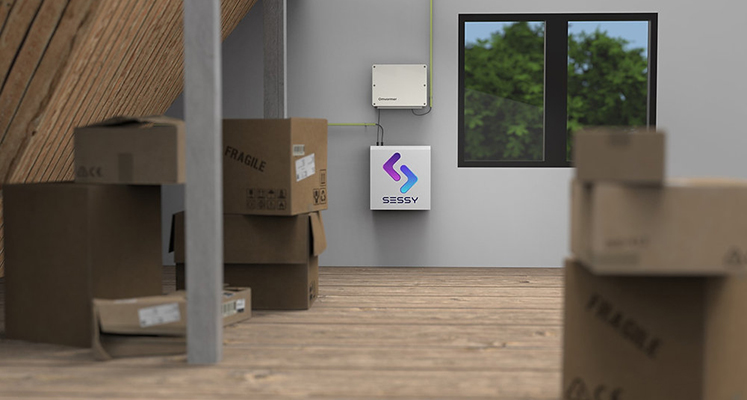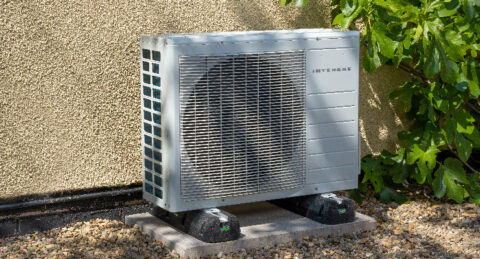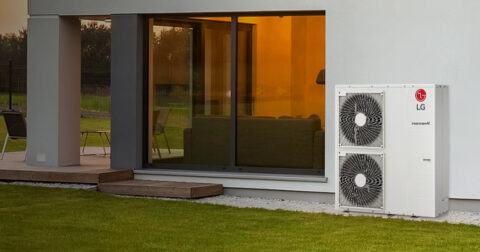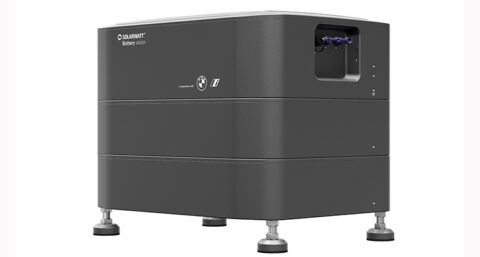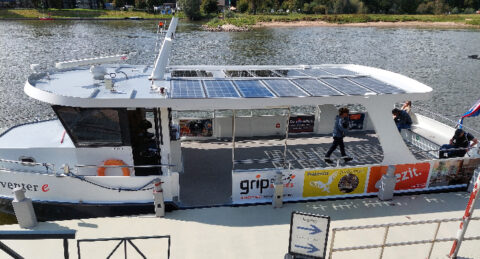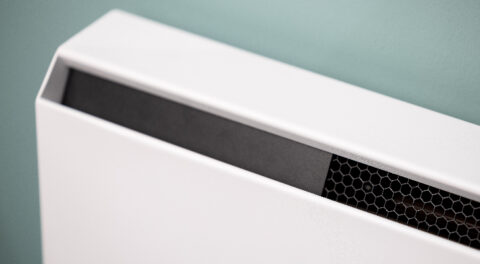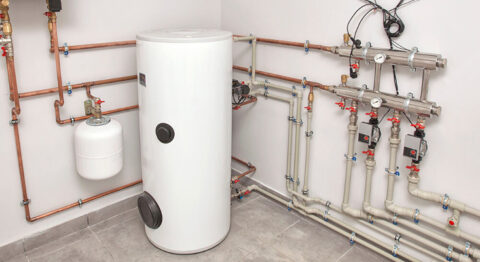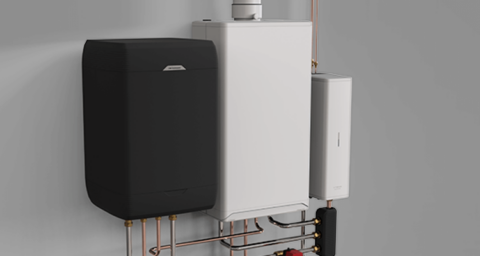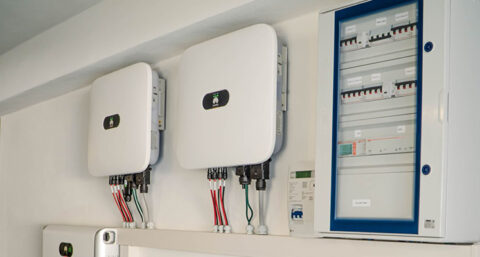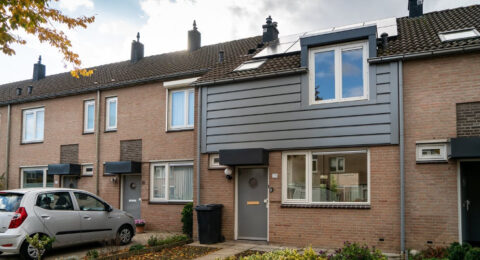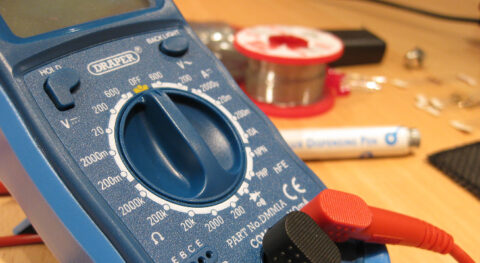Charged, producer of the first Dutch-made home battery Sessy, has received a capital injection of two million euros to further ramp up production. Last year, the start-up installed more than 2,100 units, making almost half of all Dutch home batteries currently a Sessy.
Charged was founded by Roeland Nagel and Twan Vooijs, two techies who want to contribute to the energy transition. Because most batteries come from China and therefore the knowledge about them is not built in the Netherlands, they wanted to build a Dutch home battery. In addition, they wanted to give consumers the opportunity to make money with their home battery, by letting it trade on the electricity market through smart software. In the summer of 2022, Charged held a successful crowdfunding campaign, after which the start-up began production of a small plug-and-play battery that allows consumers to store 5 kilowatt hours of electricity. That's enough for the evening and nighttime consumption of an average household.
Bizarre year
The first year, the company could barely keep up with demand. Last year, Charged produced, sold and installed more than 2,100 Sessy's. That's nearly half of the estimated 5,000 home batteries that the Netherlands currently has. Together, the Sessy's have a capacity of 10 megawatt hours and a power of 4 megawatts. 'That's enough to turn off one-fifth of a gas power plant for electricity production,' Nagel and Vooijs say. '2023 was a bizarre year. With this we have fulfilled the promise of our crowdfunding campaign.
To scale up further, Charged wanted to raise capital. The company obtained that from the SmartHub Incubator Industry (SHII), which also supported both entrepreneurs in its earlier crowdfunding campaign. The SHII is a group of (former) entrepreneurs from the Achterhoek region who help other companies and start-ups with coaching, knowledge and financing. Thirteen participating entrepreneurs are now buying minority shares in the company for 2 million euros. That money will allow Charged to further professionalize, invest in new developments and expand production. "We believe in this company. Given Charged's Dutch approach combined with the utility and necessity of home batteries, we are open to further investment in the growth of this wonderful company," said SHII chairman Iginio Voorhorst.
Saling scheme
The battery allows owners to store their own green solar power. Now that the net-metering scheme is in all likelihood to be phased out - the Senate will decide on this in early February - storage and use of their own electricity in a battery becomes even more attractive. The home battery can also respond to energy prices in combination with a dynamic contract, allowing owners to use it to make money on the electricity market. Because this form of control sometimes exacerbates grid congestion, Charged is also working with the Sessy on smart software for congestion control. In fact, energy companies and grid operators are increasingly willing to pay money if consumers charge the battery at times when there is too much green power being generated and low demand, and precisely not at times when there is already high demand for power. For example, during the morning or evening peak. This prevents imbalance and congestion on the electricity grid.
More than 2,100 Sessy's have been sold and installed throughout the Netherlands. Together they can form an entire network that can be deployed to combat this kind of grid congestion. Charged is in the process of setting up a so-called virtual power plant for this purpose. This is an online network in which all owners who want to participate are connected to each other via smart software. The batteries can then be signaled locally to charge or discharge. 'A large battery next to a solar or wind farm can only combat grid congestion at that location, we could address that locally with our network throughout the country,' say Vooijs and Nagel.
The online network has already been tested on a small scale since last year in the municipality of Ooststellingwerf, which in cooperation with grid operator Alliander, Rabobank and Charged wants to research and test how home batteries can be used for a green energy transition without grid congestion.
